The alcohol bans that came into effect in the 1920s caused a new culture to be born in America. Jazz, the secret clubs of New York and the legendary musicians of the period are in our article.
We have created a Spotify playlist to accompany you in the background while reading the article. With these music, you can be sure that you will enjoy the article more.
On January 16, 1920, alcohol was outlawed in the United States. That same year, Mamie Smith recorded Crazy Blues, which would sell one million copies, and paved the way for the music-media boom of the 1920s—referred to as the Jazz Age or simply the Age of Music. Because music was now almost everywhere through radio and gramophones. Undoubtedly, jazz was the major part of this music, and it was enriched by alcohol bans in underground bars called speakeasy; In a time of turmoil and change, a new music was emerging, and it went hand in hand with the forbidden drinking culture that, for better or worse, gave rise to organized crime.
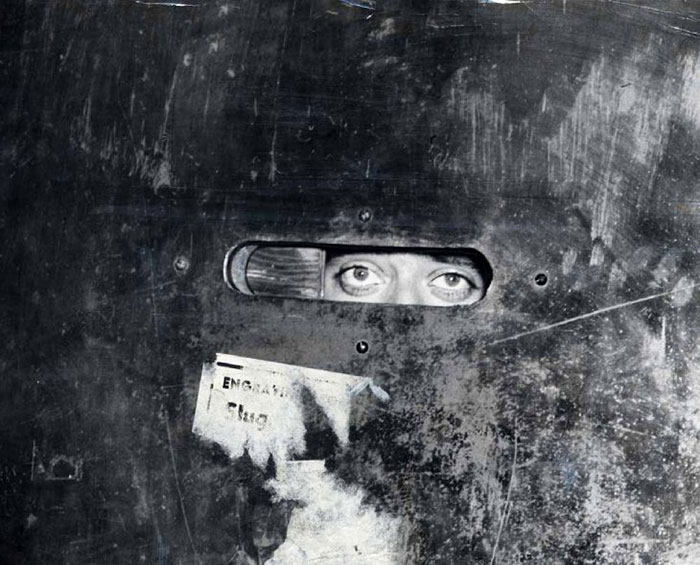
The parties were bigger, the pace was faster, the buildings were higher, the morals looser.
F. Scott Fitzgerald
1920s: The Unexpected Change Coming with the 18th Amendment
America’s adventure of alcohol and alcohol prohibitions goes back to the 1630s. What we are going to tell here takes place very recently, just a century ago. In World War I, alcoholic beverages are placed on the target; Because, according to some states, this liquid should be fought before political enemies. It’s no joke, statesmen and politicians are determined to fight this ‘liquid enemy’. So much so that the British prime minister Lloyd George went down in history with these words: “We are fighting against Germany, Austria and alcohol; In my opinion, the biggest lethal enemy is alcohol. To deal with German militarism, we must first of all deal with this drink.”
From the first days of the war, the countries involved in the war want to strictly control the making, transportation and sale of alcoholic beverages as a national defense measure. This ‘strategy’, which extends across the ocean to the Americas, manifests itself at the beginning of the war with the implementation of the prohibition on the sale of alcohol in nineteen federated states. While the federated states impose these prohibitions with their own legislatures, the American Congress also supports these practices with some laws it enacts. Prohibition supporters argue that a huge increase in nutrients will be achieved by reducing the nutrients used in the production of alcoholic beverages.
The transportation routes used in the distribution of liquor should also be reserved for the transportation of war vehicles and equipment. The lobbying by the proponents of the ban puts great pressure on Congress. In the last step of the gradual bans, it is recommended to amend the Federal Constitution to increase continuity. The biggest objection to the proposals is that a total ban is far from being a war measure; for the war will end before the said amendment takes effect. The ratification of the constitutional amendment in federal state legislatures is completed in less than thirteen months, and the 18th Amendment, which includes prohibition, enters the American Constitution in January 1920.
The 18th Amendment, named after its architect Andrew Volstead, the Republican representative of Minnesota, which prohibits the sale, distribution, and transportation of beverages exceeding 0.5% alcohol content, the Volstead Act, although it defines what people cannot do, actually opens the door to a new era of possibilities in American culture. From this date on, American culture will change completely.
Speakeasy: The Unkept Secret of Alcohol Bans
When alcohol bans began to take effect on January 17, 1920, thousands of legal venues serving men across the country closed their doors. People who want to drink have to buy their alcohol from pharmacies for ‘medical’ purposes, from clergy for ‘religious’ reasons, or from smugglers who are illegal dealers called bootleggers. Another option is to enter private, unlicensed taverns called speakeasy, as the password required at the entrance must be said as quietly as possible so that the security forces cannot hear it.
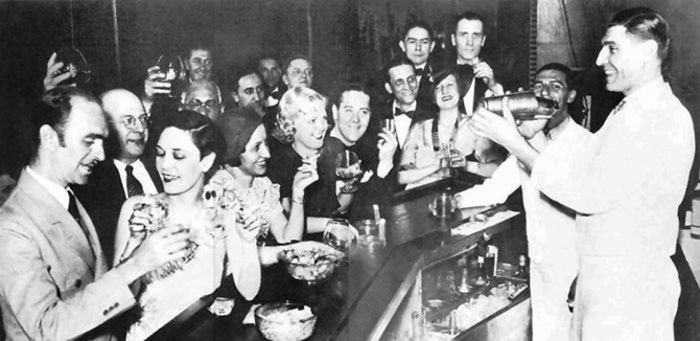
Alcohol bans pave the way for major and lasting change in American social life. The number of illegal bars, also called blind pigs or gin joints, increases exponentially, especially in urban areas. It is possible to find many options, from fancy clubs with dance floors where jazz bands perform, to rickety back rooms in apartments. In addition to these secret places where men and women gather and drink, there is another area for alcohol bans: house parties. Restaurants are now starting to serve drinks to women. Italian-American venue owners serve Italian food with wine.
The reason for the explosion in the profitable criminal activity of Speakeasy venues and clubs is undoubtedly that organized crime organizations have turned this area into an opportunity. So much so that organized crime in America rises at rocket speed due to liquor smuggling. Chicago Outfit’s leader, Al Capone, makes nearly $60 million a year from the illegal beer and hard liquor he delivers to the venues he operates in the late 1920s.
Competition between venues creates an increase in demand for live entertainment. The already popular jazz music and the dances it inspired fit perfectly into the noisy party mode of the era. The roaring 20s, with their drinking parties with thousands of underground clubs and dominant jazz bands, was also the period when the word flirt/dating (the meeting of young individuals without the supervision of families) entered the literature for the first time.
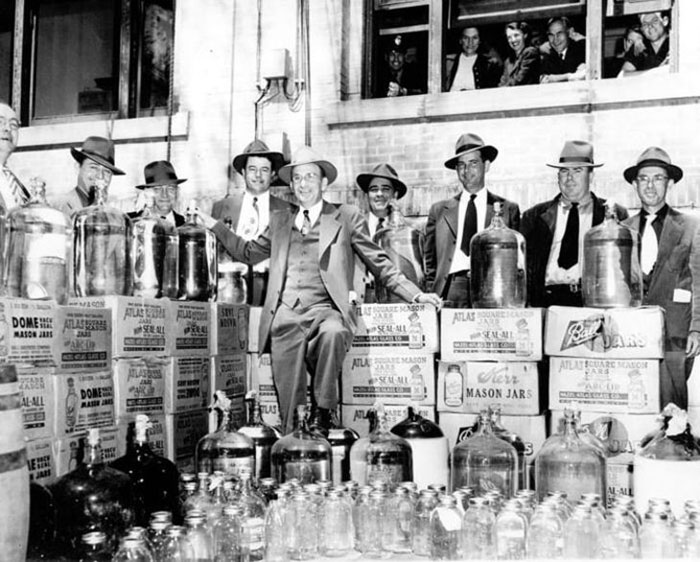
Password-accessed venues often remain poorly kept secrets, with an increase in police officers ‘looking elsewhere’ thanks to venue owners. They enjoy their drink or tip in return for reporting raids by federal alcohol prohibition agents. Bootleggers dilute and sell fine whiskey, gin, and other spirits to sell larger volumes. Some of them put on the market drinks containing harmful chemicals such as phenol; causes many people to die. To hide the taste of badly distilled whiskey and under the counter gin, venues begin mixing alcohol with Coca-Cola, sugar, mint, lemon, fruit juice, and other sweeteners. Cocktail is born on this occasion.
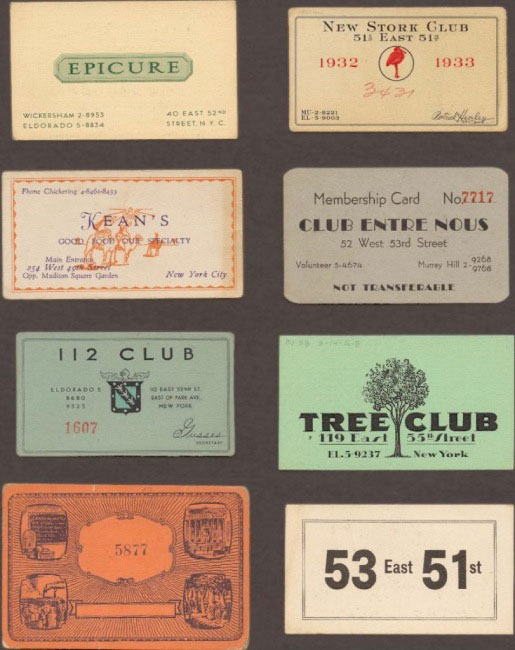
While bootlegging enriches criminals, New York becomes America’s center of organized crime, with bosses like Salvatore Maranzano, Charles “Lucky” Luciano, Meyer Lansky and Frank Costello. By the late 1920s, New York alone had 32,000 secret locations. The most famous are former bootlegger Sherman Billingsley’s Stork Club on West 58th Street, Puncheon Club on West 49th Street, favored by famous writers like Dorothy Parker and Robert Benchley, Club Intime next to the famous Polly Adler brothel in Midtown, West Village Chumley’s in ‘ and O’Leary’s in Bowery.
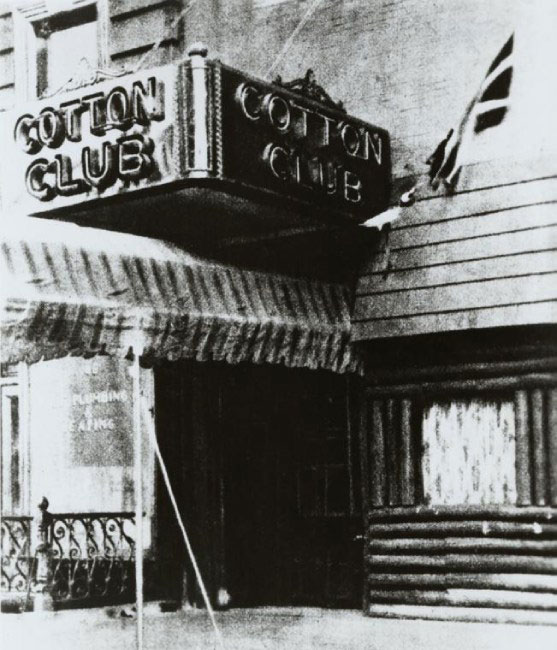
The black side of the city, Harlem, is famous for the famous Cotton Club, owned by the mafia boss Owney Madder. It is said to be the most stylish, glamorous and elegant of all outlaw bars. Duke Ellington and his orchestra have been performing for years in the venue, which only serves high-society white customers. Although the venue was closed for a short time in 1925 on the grounds of violating the alcohol prohibitions, it reopens and continues to sell illegal liquor. Until 1935, when the first riots occurred in Harlem and the area was not “safe” for whites.
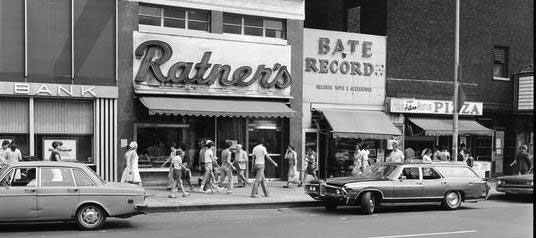
Another of the most popular of the Speakeasy venues is The Back Room, located at 102 Norfolk Ave. While many secret places have fake doors, this place is entered by passing through a functioning real place, Ratner’s Restaurant. The venue, which is used by gangsters such as Meyer Lansky, Lucky Luciano and Bugsy Siegel to meet, has multiple doors opening to different streets to provide easy exit in possible raids. Today, The Back Room is entered in the same way as in the 1920s. Customers descend the secret stairs behind the bookcase and are teleported to the 1920s.
Venue owners, if not customers, have plans to overcome any barriers to facing federal liquor law. They prefer to hide their drinks in order to prevent them from being captured during raids. The owners of 21 Club at 21 West 52nd set up a secret wine cellar behind a faux wall, and drinks are poured from the ceiling via hoses at the push of a button.
Towards the end of the period, the prevalence of venues, violence among organized crime groups to control the flow of liquor, unemployment, and the need for tax regulation following the Wall Street crash of 1929 entered the American Constitution. With this change made in 1933, liquor became the new subject of federal regulations and taxes, while secret places turned into licensed bars.
Jazz: The Music That Breaks All The Rules
“If Jazz Isn’t Music, Why Isn’t It?” in the June 13, 1926 edition of the New York Times. Paul Whiteman writes: “Jazz came to America 300 years ago in chains.” It is an undeniable fact that jazz is an important part of African American culture and has its roots in slaves who came to America hundreds of years ago. At the beginning of the 20th century, jazz refers to dance music that is regionally based, defined by race, and improvised as a solo and group. Jazz, which originated in New Orleans, started to spread throughout the country as city musicians left the south in order to find better opportunities both economically and socially. It reached its most popular peak in the 1920s.
Breaking all the rules musically and socially, jazz improvises on the structure, mixes races, and increases the attraction of forbidden places. It is the ideal music for an ever-changing America.
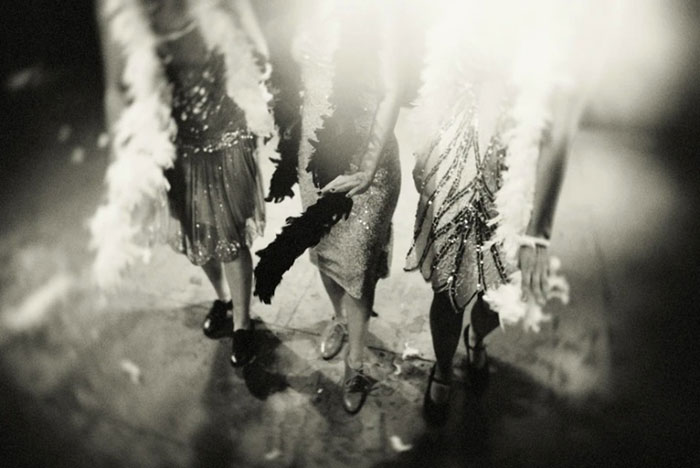
Jazz music is very popular, especially among the younger generation, during the period that F. Scott Fitzgerald hailed as the Jazz Age. With the 19th Amendment, women whose voting rights are enshrined in the constitution are admitted to the new underground entertainment areas. Many women become flappers, or, as Fitzgerald puts it, ‘good-time girls’, declaring their freedom from the constraints that the Victorian era imposed on them in ladylike manners and dress.
From 1917, jazz and blues music recordings sold as ‘racial records’ began to rise from coin-operated gramophones in homes and venues. In 1920, in the first year of alcohol bans, rising African American jazz artist Bessi Smith sells 1 million copies. Also that year, the first commercial radio stations start broadcasting. Within two years, 550 radio channels nationwide become licensed.
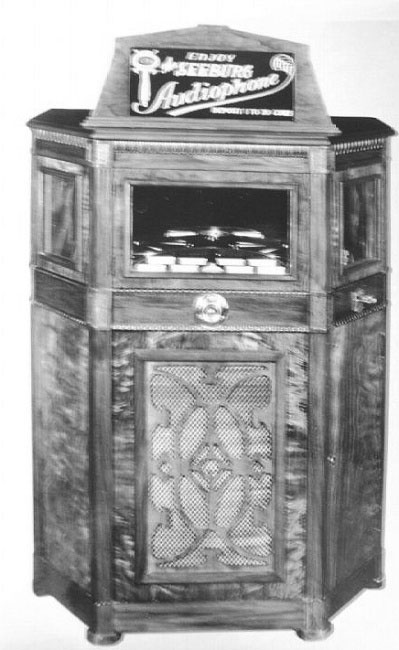
During the alcohol prohibition period, there were other technological developments that paved the way for the spread of jazz. Coin-operated gramophones and coin-operated pianos playing substandard acoustic recordings are cheap entertainment in secret places. In 1926, gramophones were introduced, which played 78 rpm records electronically—what would be called jukeboxes in the next decade. These devices, which have become a new cultural phenomenon, quickly take their place in spaces.
New opportunities for musicians playing live in high-paying clubs led to the development of two types of jazz in the 1920s. It’s the New Orleans style Armstrong and Oliver grew up with, the musicians playing together as a band, and the Chicago freestyle, improvisational type. Armstrong, who moved to Chicago with Oliver in 1922, and Smith, who recorded 180 songs during the period, achieved great success.
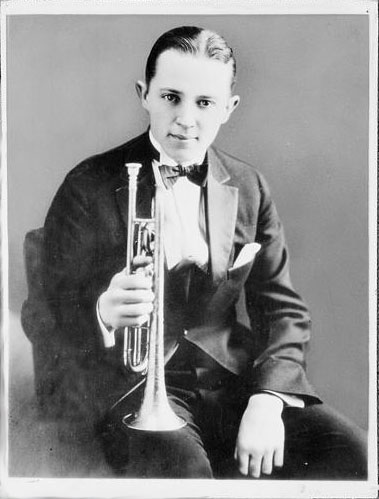
Davenport Blues; Bix Beiderbecke, Bix Restored Vol. 1
A young man with a klaxon, a young man with a liquor bottle: Bix Beiderbecke, who plays the cornet, is the best sacrificing of jazz’s mythology of the prohibition years among other musicians. In January 1925, he was taken to the Gennett recording studio in Richmond by his friend Hoagy Carmichael. Davenport Blues, named after Beiderbecke’s neighborhood in Iowa, from the recordings made with three bottles of gin, is one of the most important recordings of the period. Beiderbecke, who could not get over his alcohol problem and died in 1931 at the age of 28, is called Benny Green’s Number One Saint of Jazz.
Just a Little Drink; Paul Whiteman, Sweet and Low Down Vol.3
It is recorded in 1925, before Bix Beiderbecke joined the massive orchestra of Paul Whiteman’s ‘King of Jazz’. Whiteman’s musical legacy from this period remains undervalued. The recording should be listened to as the best replication of 1920s popular music that cannot be squeezed into any modern definition.
Black and Tan Fantasy; Duke Ellington, Early Ellington
Named after a drink, the recording, which has a racial connotation, becomes one of the most performed pieces, as the cryptic spaces encourage intermingled races. The recording, which progresses with the extraordinary performance of trumpeter and co-composer Bubber Miley and draws people in with the dream-like atmosphere created by Ellington, can also be considered as an elegy written for the collapse of the period.
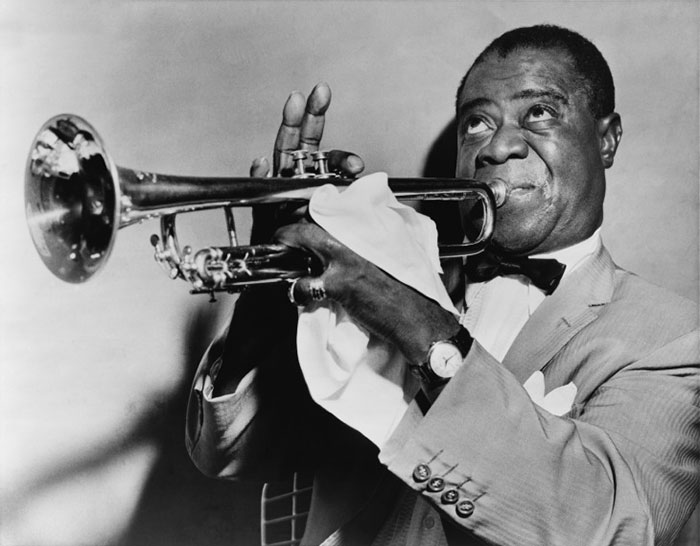
Knockin’ a Jug; Louis Armstrong, Portrait of the Artist as a Young Man
The first recording of Louis Armstrong and Jack Teagarden and the first time black and white musicians came together in a studio. The recording was born as the idea of young banjoist and guitarist Eddie Condon at the all-night Armstrong welcome party. He is credited as the song’s co-composer; however, he is not on the record because he drank a pitcher of whiskey and passed out. Guitarist Eddie Lang, with his one-note unhurriedness, accompanies Teagarden’s relaxed-but-shaven trombone solo. Armstrong, on the other hand, responds to them with two distinctly beautiful choruses.
Gimme a Pigfoot (And a Bottle of Beer); Bessie Smith, Essential Bessie Smith
Blues singer Bessie Smith says in her 1928 recording of Me and My Gin, “All bootleggers are my friends,” and spends the last few years of her life with one of them. Gimme a Pigfoot, who appeared at a party a few months after Prohibitions ended, immediately grabs attention. Smith’s closing lines with the legendary trumpeter Frankie Newton and his lively solo performance… This is his last recording; however, it is later re-recorded by Billie Holiday, Nina Simone, and Abbey Lincoln.
End of an Era
Alcohol bans are a major turning point for American culture. For people who want to escape and be themselves, it is a decade that has challenged national feelings and required a way out. It has proven that bars and lounges are an integral part of society and that people cannot give up on it. Moonshine that made the 20s roar, is the first tastes and traditions that will be born in secret places that completely changed the culture throughout the country. All that remains for us is undoubtedly jazz music with all its intensity and indescribability.
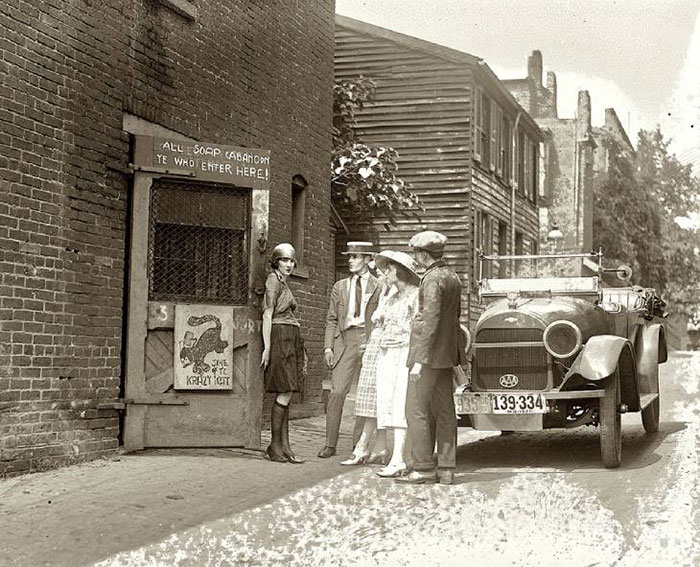
related post

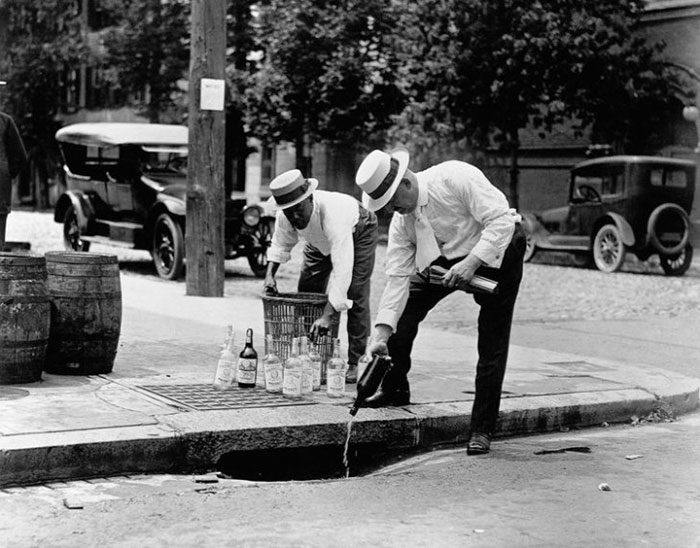
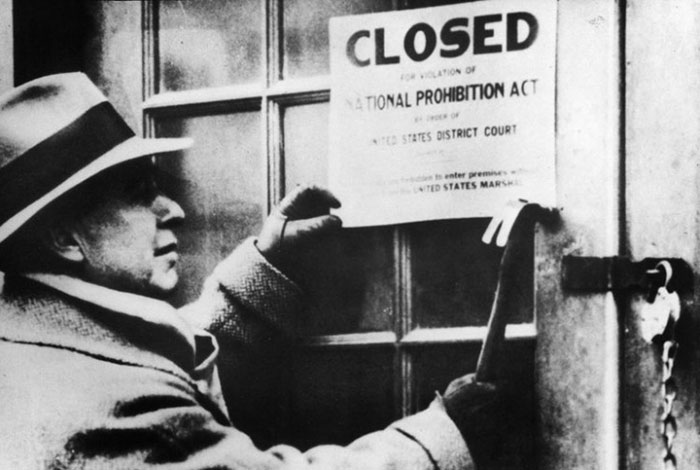
Leave a Reply